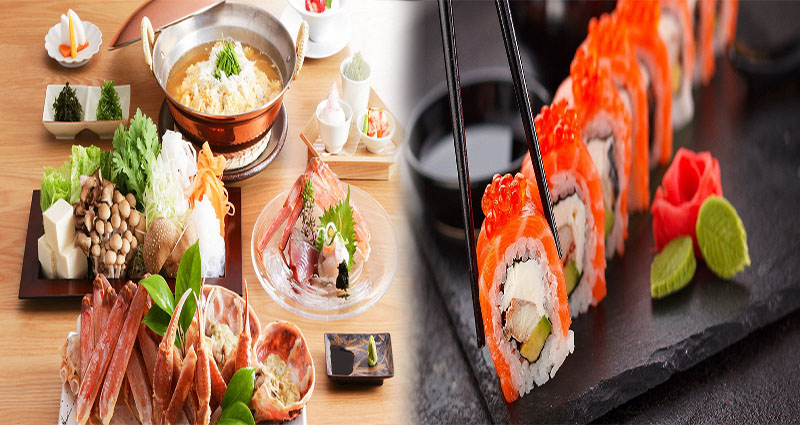Japanese cuisine and culture are deeply intertwined, reflecting a rich tapestry of traditions, flavors, and customs that have evolved over centuries. From the reverence for seasonal ingredients to the meticulous artistry of food presentation, Japanese culinary culture embodies a unique set of values and practices that distinguish it on the world stage. Let’s delve into some of the most fascinating and unique aspects of Japanese cuisine and culture.
1. Seasonality and Embrace of Nature
In Japanese culinary tradition, the concept of “shun” emphasizes the use of seasonal, locally sourced ingredients at the peak of their freshness and flavor. This deep respect for seasonality not only ensures the highest quality of ingredients but also fosters a harmonious connection with nature, allowing diners to experience the changing seasons through their palates. From cherry blossoms in the spring to matsutake mushrooms in the fall, each season brings a new bounty of ingredients to savor and celebrate.
2. Artful Presentation and Aesthetic Harmony
Japanese cuisine places a strong emphasis on the aesthetic presentation of dishes, known as “moritsuke,” where meticulous attention is given to colors, textures, and arrangement. The artful display of food is meant to evoke a sense of balance, harmony, and seasonal beauty, often showcased in traditional kaiseki multi-course meals and the elegant simplicity of sushi and sashimi presentations. This visual artistry elevates the dining experience, imbuing it with a sense of appreciation for both the food and the culture that surrounds it.
3. Shibui and Umami – Honoring Subtlety and Depth of Flavor
The Japanese cultural concepts of “shibui” and “umami” are deeply ingrained in the culinary philosophy, representing a reverence for subtle, refined flavors and the savory “fifth taste” found in ingredients such as kombu seaweed, miso, and soy sauce. The pursuit of umami-rich flavors and balanced taste profiles is a hallmark of Japanese cuisine, where the mastery of seasoning and ingredient combinations creates a depth of flavor that delights the senses and nourishes the soul.
4. Tea Culture and Ceremonial Rituals
The Japanese tea ceremony, known as “chanoyu” or “sado,” is a ceremonial practice rooted in Zen Buddhism and the art of hospitality. The ritualized preparation and serving of matcha green tea exemplify the interconnectedness of Japanese culture, emphasizing harmony, respect, purity, and tranquility in every gesture and movement. The tea ceremony holds profound cultural significance, serving as a spiritual and aesthetic expression of Japanese values and aesthetics.
5. Izakaya Culture and Social Dining Traditions
The izakaya, a traditional Japanese pub, embodies the spirit of conviviality and communal dining, offering a relaxed and welcoming environment for friends and colleagues to gather, share small plates, and enjoy drinks together. This uniquely Japanese approach to social dining underscores the importance of fostering connections, building camaraderie, and savoring the pleasures of food and drink in a lively and sociable atmosphere.
The unique aspects of Japanese cuisine and culture invite us to embark on a sensorial journey that transcends the mere act of eating. Through the celebration of seasonality, the artful presentation of dishes, the pursuit of subtle flavors, and the cultivation of communal dining traditions, Japanese culinary culture offers a profound and enlightening glimpse into the heart of Japanese values, aesthetics, and traditions, enticing us to savor not just flavors, but the essence of a rich and vibrant culture.









